May 16, 2025 | 10:37 GMT +7
May 16, 2025 | 10:37 GMT +7
Hotline: 0913.378.918
May 16, 2025 | 10:37 GMT +7
Hotline: 0913.378.918
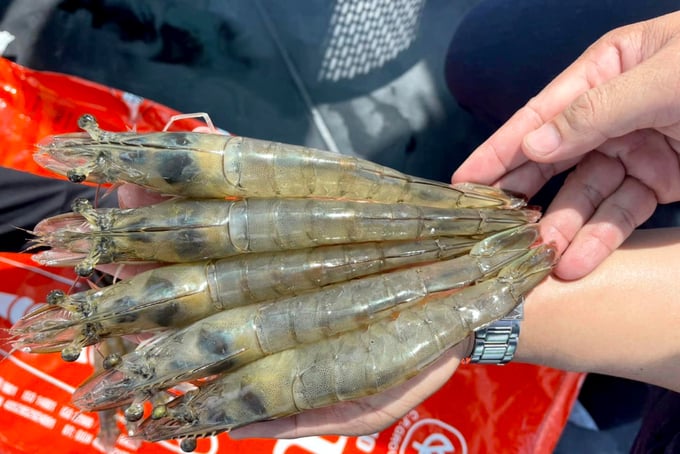
Shrimp is Vietnam's strongest seafood export to the Australian market. Photo: Son Trang.
According to the Vietnam Association of Seafood Exporters and Producers (VASEP), Vietnam's seafood exports to Australia have increased consistently following the effective implementation of the CPTPP agreement. Notably, Vietnam's seafood exports to this market reached 197 million USD in 2018. By 2022, this figure had more than doubled to reach 365 million USD. In 2023, seafood exports to Australia dropped to 312 million USD; however, this was part of a general decline in seafood exports worldwide due to high inflation rates, reduced consumer spending, conflicts and wars across various regions, etc.
The aquatic trade between Vietnam and Australia have experienced significant changes in terms of market share and position. From being Vietnam's 9th largest seafood importing market with a share of 2.2%, Australia has risen to the 5th position with a market share of 3.4%.
As Vietnam's seafood exports exhibited exceptional growth within the first two months of 2024, Australia remains as one of the markets with high export growth rates, increasing by 33% compared to the same period in 2023.
VASEP stated that shrimp, pangasius, and several marine fish species are the key export products to the Australian market. Namely, shrimp accounts for over 60% with an export turnover of over 34 million USD in the first two months of 2024, which is an increase of 20% compared to the same period in 2023. On the other hand, pangasius exports to Australia increased by nearly 70% to reach a turnover of 6 million USD in the first two months. Exports of other marine fish items (excluding tuna) have also increased sharply by 72%.
According to its observations of the Australian market, VASEP believes that Australia stands as a potential seafood consumption market, with seafood imports accounting for over 65%. Australia imports seafood from more than 95 countries around the world. Most notably, Vietnam is the leading seafood supplier to Australia, accounting for over 22% of the total seafood import turnover in this market.
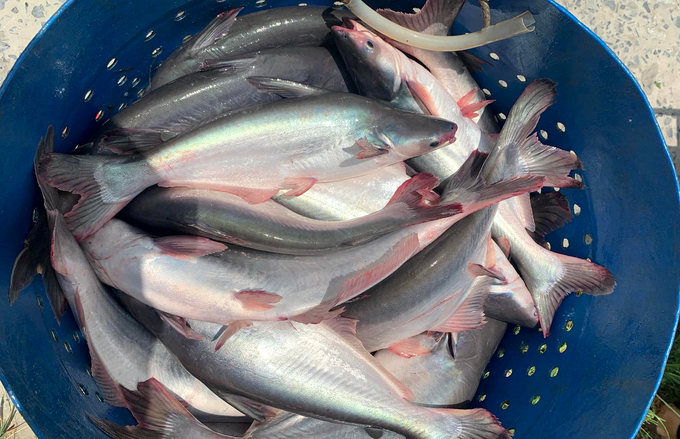
Pangasius exports to the Australian market have experienced a significant increase within the first two months of 2024. Photo: Son Trang.
Vietnamese shrimp has rapidly gained popularity among Australian consumers, from restaurants to large supermarket chains, as well as convenience stores and supermarkets. Vietnam's strength in comparison with its competitors in the Australian market lies not only in quality and timely supply, but also in the processing capacity for value-added products. At the present, Vietnam and Thailand stand as the two countries with the highest level of processing for value-added shrimp products.
Australia is also trending towards reducing imports from Thailand and China, which are the main competitors of Vietnamese shrimp in this market. Unlike other markets, Australia only imports shrimp from 10 countries around the world. Australia has the tendency to narrow down and focus on importing from key markets. This is one of the advantages for leading shrimp suppliers to Australia, including Vietnam.
Ms. Le Hang, Director of Communications at VASEP, believes that Australia offers significant potential for Vietnamese seafood businesses with the help of the CPTPP agreement, a strong cooperative partnership, and the active interest of both governments in trade activities, including aquatic trade. With over 50 years of cooperation, and the elevation of the bilateral relationship to a comprehensive strategic partnership, it is expected that aquatic trade between the two countries will further develop in the future.
Conversely, Australia is an important raw seafood material supplier to Vietnamese businesses. Australia's main seafood export item to Vietnam is rock lobster, with a volume of approximately 40,000 tons per year.
Vietnam's seafood processing and export industry is rapidly developing and expanding its target market range, whereas seafood exploitation is declining. Consequently, the importation of raw seafood from Australia and other markets plays a crucial role in seafood exports.
According to Mr. Tran Van Dung, General Director of Ba Ria - Vung Tau Seafood Import-Export Company (Baseafood), the company imported raw materials from various markets such as Australia, India, Chile, Spain, Norway and New Zealand to fulfill orders from European, North American, and Japanese partners. Ba Ria - Vung Tau currently houses 28 seafood processing plants certified for export to the European market, with key products including surimi, squid, shrimp, fish, crab, octopus, etc. The demand for imported raw seafood by these local processing plants is significant.
Translated by Nguyen Hai Long
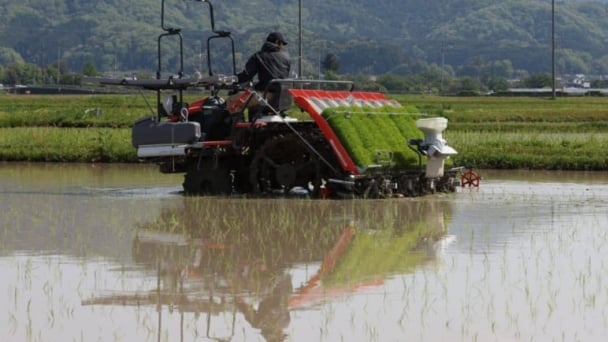
(VAN) Japan's efforts to lower the price of rice through the release of its stockpile may finally be making some progress, albeit at a snail's pace.

(VAN) U.S. tariffs are not only a 'shock', but also an opportunity for Vietnamese businesses to renew their mindset toward comprehensive development.
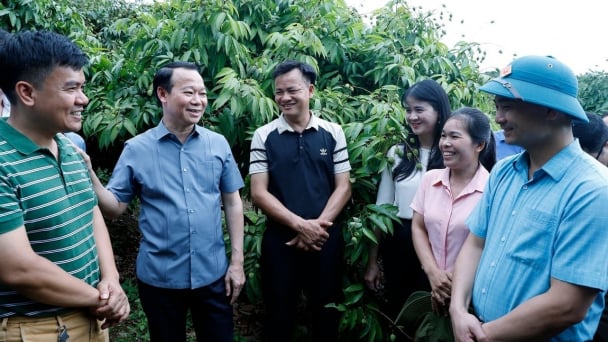
(VAN) As Bac Giang lychee enters the harvest season, Minister Do Duc Duy expects that the fruit will contribute greatly to agricultural exports due to standardized production and deep processing.
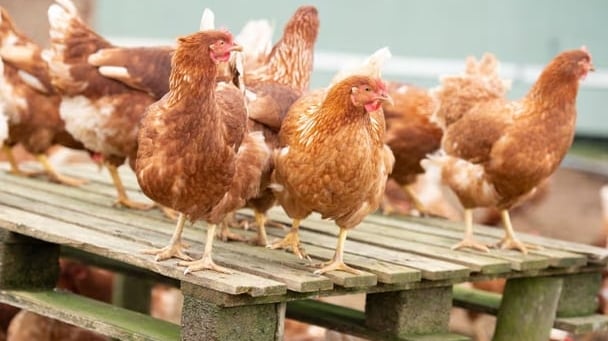
(VAN) Consumers have shown a preference for free-range eggs, but those farming systems are more vulnerable to biosecurity risks like bird flu.
/2025/05/09/5701-1-184335_301.jpg)
(VAN) Vietnam’s eel exports nearly doubled thanks to a mud-free farming model, opening up new prospects while still facing numerous barriers related to international standards.

(VAN) Minister Do Duc Duy warned that if production is not professionalized and supply chains are not transparent, the U.S. market could become a growth bottleneck.
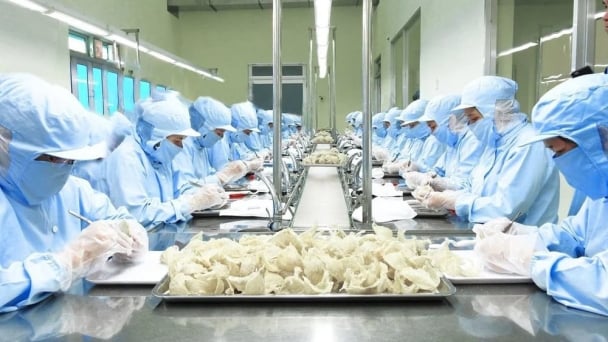
(VAN) Delegating surveillance responsibilities to local authorities is a cost-saving and efficiency-boosting measure that removes a key bottleneck for enterprises, according to Director General Duong Tat Thang.